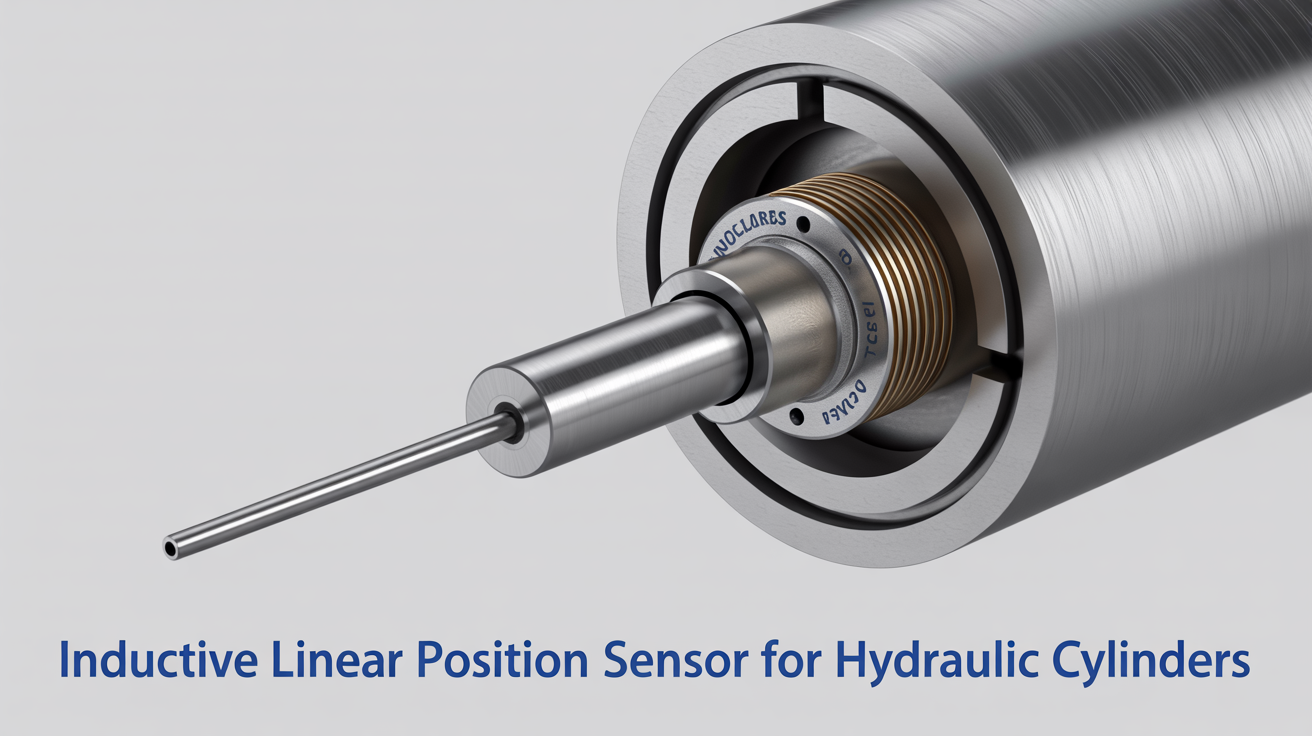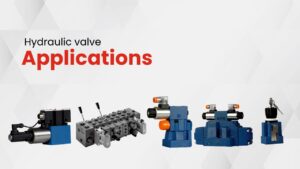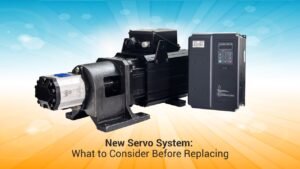Hydraulic cylinders are critical in a variety of industrial and mobile machinery where close position feedback is necessary for performance, safety, and efficiency. Suppose we focus on something like an inductive linear position sensor, one technology that has boosted precision and reliability when it comes to monitoring hydraulic cylinders. This sensor type provides a non-contact measurement, operates in harsh situations, and delivers a highly accurate measurement, which increases control in the hydraulic system.
In this article, we look at how inductive linear position sensors work, the advantages of the latest sensor technologies, how they compare with other types of sensors, and some guidance for choosing inductive linear position sensor suppliers you can trust.
What is an Inductive Linear Position Sensor?
Inductive linear position sensors – these types of sensors measure linear displacement (e.g., the distance travelled by a piston in a hydraulic cylinder) using inductance. These sensors provide high accuracy with long service life by using a conductive target and a change in inductance to detect position changes using an inductive coil unlike any other conventional sensors that ordinarily depend on a magnet or a physical property to place them.
Some of the key features of the latest inductive linear sensor technology include:
- Sealed Contactor Operation: No physical wear or friction, leading to longer life.
- High Accuracy: Very good positioning resolution and repeatability of the piston.
- High Durability: Resistant to shock, vibration, and hydrocarbons, making it suitable for extreme environments common in hydraulic applications.
- Small Size: It can be embedded inside the cylinder or mounted outside the cylinder.
For instance, the MHP-7 series inductive sensors are compact enough to be housed inside hydraulic cylinders for operation at pressures to 5000 PSI, making them appropriate for mobile hydraulics and industrial machinery.
How Inductive Linear Position Sensors Work in Hydraulic Cylinders
A common inductive linear position sensor consists of a coil assembly that is attached to the cylinder and a conductive target that travels with the piston rod. This difference in inductance, due to the relative location of the target in the electromagnetic field of the coil, is measured by the sensor. The change in the inductance therefore, is translated into an electrical signal corresponding to the linear position of the piston.
Other sensors utilize a probe placed within a gun-drilled hole of the piston rod that employs the conductive tubing as the target or sensor to reference. Some may be externally mounted with a very sensitive coil arrangement to detect piston position non-destructively.
The contactless principle guarantees reliability and a long service life, which is particularly important in industrial as well as mobile hydraulics, where any wear and tear can interrupt sensitive position measurements and damping control in the worst case.
Advantages of Latest Inductive Linear Sensor Technology
So that we can enjoy a new level of performance with these sensors in hydraulic cylinder applications, the recent developments in the field have improved them further:
Extended Measurement Ranges: Wide range of sensor measurement ranges from a few millimetres to in excess of 600mm or even several metres for variable adaptation to numerous cylinder sizes.
Robust Performance in a Challenging Environment: Numerous sensors have been proven to deliver data reliably under pressures up to 5000 psi or in subsea applications with aggressive depth ratings (up to 12,000 ft).
Scalable Outputs You Control from the Field: With features like SenSet technology, users can quickly calibrate the output signals to meet the needs of their application in the field.
Improved Signal Quality: Low noise, stable analog voltage or current outputs, and optional digital interfaces deliver high-quality position data to advanced control systems.
Endurance: Shock, vibration, and temperature extremes can all be resistant, which is why rugged industrial environments suit it so well.
Inductive vs Capacitive Linear Sensor
Both inductive vs capacitive linear sensor are used for position sensing, but have different working principles and characteristics that affect their suitability for hydraulic cylinders:
| Feature | Inductive Linear Sensors | Capacitive Linear Sensors |
| Measurement Principle | Changes in coil inductance | Changes in capacitance between plates |
| Sensitivity to Environment | Highly resistant to dust, oil, and moisture | Sensitive to contaminants and humidity |
| Contact Wear | Contactless, no wear | Often contact or close proximity needed |
| Accuracy | High precision with stable output | Generally less precise in harsh environments |
| Suitable Applications | Hydraulic cylinders, industrial machinery | Used in clean, controlled environments |
| Durability | Excellent for harsh, high-pressure conditions | Less durable in rough industrial settings |
For hydraulic cylinders where durability and precision under tough conditions are priorities, inductive linear position sensors are typically preferred.
Selecting the Right Inductive Linear Position Sensor Supplier
However, the selection of trusted inductive linear position sensor suppliers is important to ensure quality products and application-specific support. Here are some selection tips:
Industry Knowledge: Supply partners with experience in the hydraulic industry can recommend sensors specifically designed for high-pressure and rugged applications.
Variety of Products: Search for a supplier providing a variety of ranges, output signals, and slotting styles.
Technical Support: For complicated applications, it is essential to have access to pre-sale consultation and installation advice, as well as after-sale customer service.
Quality Certifications: Well-known suppliers conform to ISO standards and offer sensors that are proven to be reliable and long-lasting.
Customization: Select suppliers also create custom sensor designs, which are needed for some projects.
Applications of Inductive Linear Position Sensors in Hydraulic Systems
Mobile Hydraulics: Reliable position tracking in cranes, lifts, or excavators ensures the safety and operational efficiency of applications.
Industrial Automation: Accurate positioning of cylinders in presses, injection molding machines, and robots improves productivity as well as quality control.
Oil & Gas: Subsea hydraulic systems utilize inductive sensors to provide feedback for applications with extremely high pressures and corrosive environments.
Agriculture: The accuracy of extension or retraction position for implements and actuators is needed for control accuracy for actuators, so these sensors are used.
Conclusion
Inductive linear position sensors are changing the game of position feedback in hydraulic cylinders due to high precision levels, robustness, and easy integration. They improve performance from industrial automation processes to offshore oil and gas systems, operating without wear and from hundreds to thousands of thousands of cycles in extreme conditions.
For all those who want state-of-the-art, latest inductive linear sensor technology that has been tested for decades and has the latest modular functional principle, only a tried and tested specialist such as THM Huade has a choice. With high quality and great support, their sensor technology targets precision hydraulic cylinder applications.
FAQs
Can you use inductive linear position sensors in high-pressure environments?
Yes, there are sensors designed specifically for high-pressure (5000 psi and deeper subsea) applications that provide accurate position feedback in extreme environments.
How does the latest inductive linear sensor technology improve calibration?
Features such as field-adjustable scaling enable users to easily configure, calibrate, or fine-tune sensor output at the point of use, eliminating complicated tools and processes, and helping to speed site integration.
Which Inductive Linear Position Sensors Suppliers Are Worthwhile?
Find suppliers that offer a wide range of products related to hydraulic applications and avoid new companies that start supplying these products due to the huge market offer, check experience, and search for suppliers that have technical support and standard certifications ISO. These can be found on the manufacturers' websites and industrial marketplaces.


